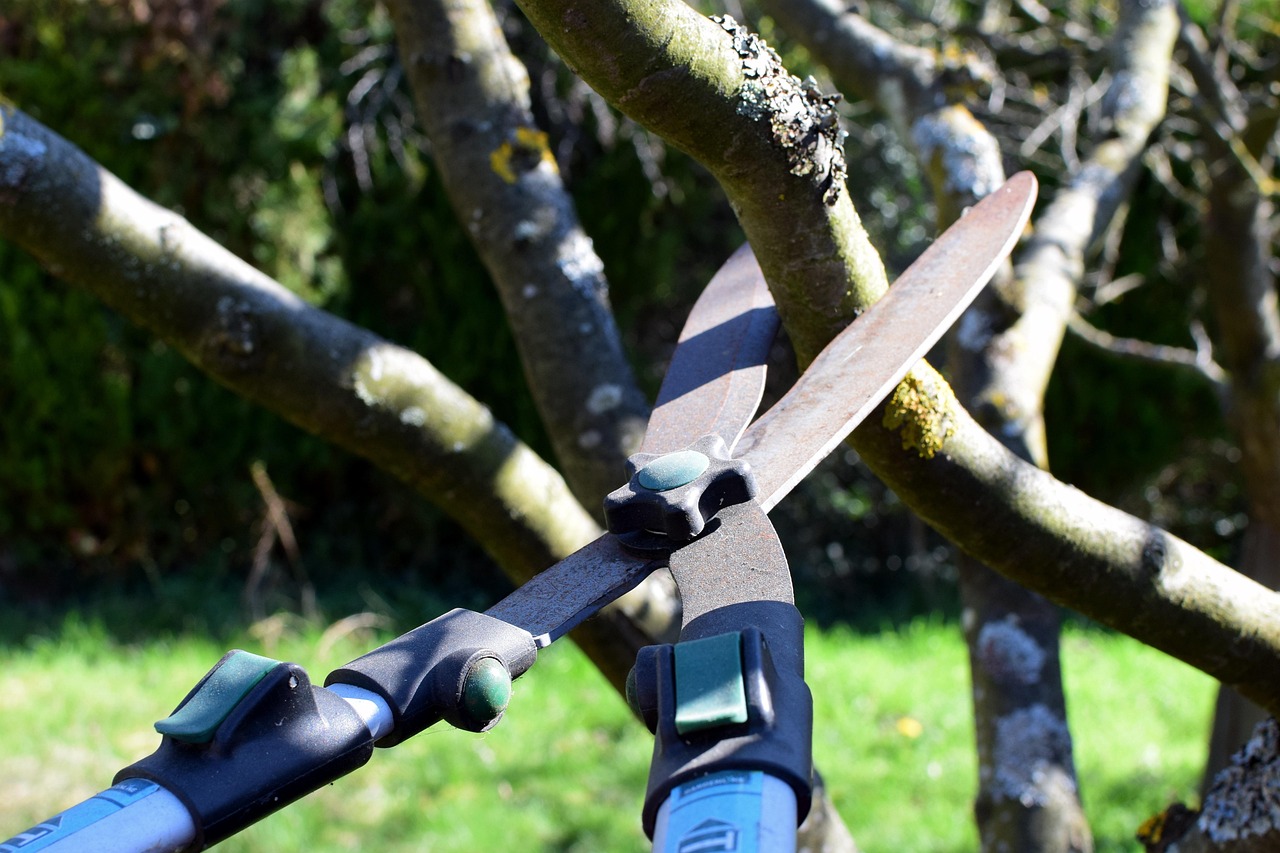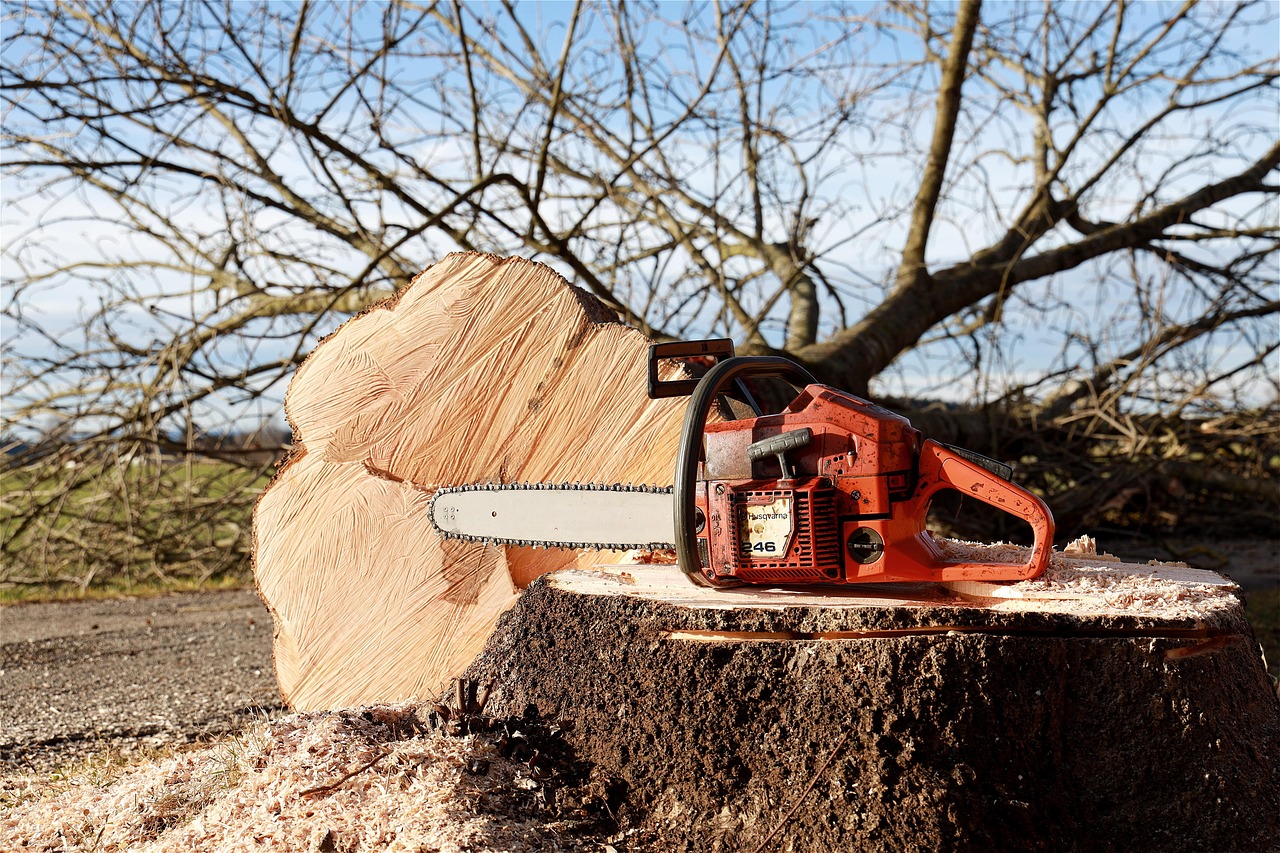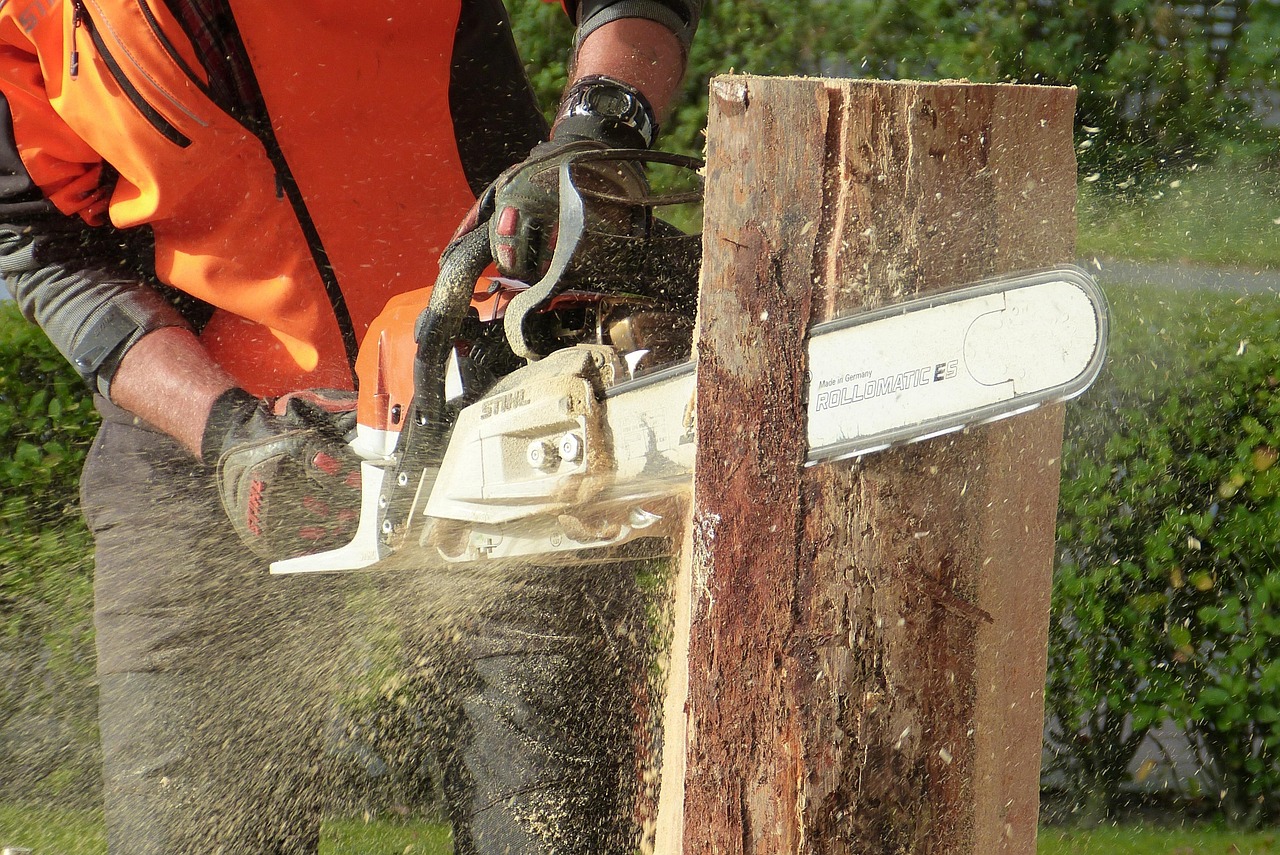Decision tree pruning techniques are essential for data scientists to enhance model performance by reducing overfitting. Pruning simplifies the tree structure, focusing on the most relevant features and improving generalization to unseen data.
Understanding Decision Trees
Decision trees are a popular machine learning model used for both classification and regression tasks. They work by splitting the dataset into subsets based on feature values, creating a tree structure where each node represents a decision point. The branches signify the outcome of those decisions, leading to final predictions at the leaf nodes.

The appeal of decision trees lies in their interpretability. They allow data scientists to visualize the decision-making process, making it easier to understand how predictions are made. However, one significant drawback is their tendency to overfit when the tree becomes too complex. Overfitting occurs when the model captures noise in the training data rather than the underlying distribution, leading to poor performance on new data.
What is Pruning?
Pruning is a technique used to simplify decision trees by removing sections of the tree that provide little predictive power. This process helps improve the model’s generalization ability, making it more robust when applied to unseen data. There are two primary types of pruning methods: pre-pruning and post-pruning.
Pre-Pruning
Pre-pruning involves stopping the growth of the tree before it becomes overly complex. This is achieved by setting criteria that determine when to halt further splits. Common criteria include:

- Maximum depth of the tree
- Minimum number of samples required to split a node
- Minimum impurity decrease needed for a split
By employing pre-pruning, data scientists can control the complexity of the model from the outset, potentially avoiding overfitting before it occurs.
Post-Pruning
Post-pruning, on the other hand, allows the tree to grow fully before simplifying it. This approach involves evaluating the performance of the tree and then removing nodes that do not contribute significantly to predictive accuracy. There are several strategies for post-pruning:
- Cost Complexity Pruning: This method evaluates the trade-off between tree size and accuracy. It uses a parameter to balance these aspects.
- Reduced Error Pruning: In this technique, a validation dataset is used to assess the impact of removing nodes. Nodes that do not improve performance are pruned away.
Choosing between pre-pruning and post-pruning depends on the specific dataset and problem context. Both techniques aim to create models that generalize better to unseen data.

Benefits of Pruning Techniques
The implementation of pruning techniques offers several advantages for data scientists:
- Improved Accuracy: By removing irrelevant branches, the model can focus on important patterns, leading to enhanced predictive performance.
- Reduced Complexity: A simpler model is easier to interpret and understand, making it more user-friendly for stakeholders.
- Lower Risk of Overfitting: Pruning helps mitigate overfitting, ensuring that the model can perform well on new data.
- Faster Predictions: A less complex tree can make predictions more quickly, benefiting real-time applications.
Common Challenges in Pruning
While pruning offers significant benefits, it also presents challenges that data scientists must navigate:
- Selecting Pruning Parameters: Choosing the right parameters for pre-pruning or deciding which nodes to prune in post-pruning can be complex and may require experimentation.
- Possible Underfitting: Over-pruning can lead to underfitting, where the model is too simplistic and fails to capture necessary patterns in the data.
- Computational Costs: Some pruning methods can be computationally intensive, especially with large datasets or complex trees.
Conclusion
Pruning techniques are vital for building effective decision tree models. By understanding and applying these methods, data scientists can create models that not only perform well on training data but also generalize effectively to new situations. The choice between pre-pruning and post-pruning will depend on various factors, including dataset size and complexity. As with any modeling technique, careful consideration and testing are crucial for achieving optimal results.

Evaluating Pruning Techniques
Evaluating the effectiveness of pruning techniques is essential for ensuring that decision trees maintain high predictive accuracy while avoiding overfitting. Various metrics can be employed to assess model performance before and after pruning. These metrics provide insights into how well the model generalizes to unseen data.
Key Evaluation Metrics
When analyzing the performance of decision trees, several key metrics are frequently used:
- Accuracy: The ratio of correctly predicted instances to the total instances in the dataset. It provides a straightforward measure of overall performance.
- Precision: The ratio of true positive predictions to the total predicted positives. It indicates the quality of the positive predictions made by the model.
- Recall (Sensitivity): The ratio of true positives to the actual positives. It assesses how well the model identifies relevant instances.
- F1 Score: The harmonic mean of precision and recall, providing a balance between the two metrics, especially useful in cases of class imbalance.
- ROC-AUC: The area under the Receiver Operating Characteristic curve, which illustrates the model’s ability to distinguish between classes.
Using Cross-Validation
Cross-validation is a powerful technique for evaluating model performance across various subsets of data. By splitting the data into multiple training and validation sets, data scientists can obtain a more reliable estimate of how the model will perform on unseen data. This is particularly useful when assessing the impact of pruning techniques.
The most common form of cross-validation is k-fold cross-validation, where the dataset is divided into k subsets. The model is trained on k-1 subsets while being validated on the remaining subset. This process is repeated k times, ensuring each subset is used for validation once. The overall performance is then averaged across all folds.
Advanced Pruning Techniques
In addition to basic pre-pruning and post-pruning methods, there are advanced techniques that data scientists can employ to further enhance decision tree models:
Minimum Description Length (MDL)
The Minimum Description Length principle is based on information theory. It aims to find a balance between model complexity and accuracy by minimizing the total length of describing both the model and the data it predicts. In this context, pruning helps to reduce complexity while maintaining sufficient accuracy.
This method requires calculating the description length for each model configuration, allowing data scientists to select a model that minimizes this length. The MDL approach can be computationally intensive but often leads to effective models with strong generalization capabilities.
Statistical Pruning
Statistical pruning methods use statistical tests to determine whether a node should be pruned. For example, a chi-squared test can be employed to compare observed and expected frequencies of instances in different branches. If a branch does not significantly contribute to reducing impurity, it may be pruned away.
This technique provides a more rigorous approach to pruning, ensuring that only nodes with substantial predictive power remain in the final model.
Implementing Pruning in Popular Libraries
Many popular machine learning libraries offer built-in support for decision tree pruning techniques. Understanding how to implement these methods can significantly enhance a data scientist’s workflow.
Scikit-learn
Scikit-learn is one of the most widely used libraries for machine learning in Python. It provides several options for decision tree pruning:
- Pre-Pruning: Parameters such as
max_depth,min_samples_split, andmin_samples_leafcan be specified during model instantiation to control tree complexity. - Post-Pruning: The library also supports cost complexity pruning through the
ccp_alphaparameter, allowing users to specify a complexity parameter that balances accuracy and tree size.
R Programming Language
The R programming language offers several packages for decision tree modeling, such as rpart and C50. These packages also include options for pruning:
- rpart: This package allows users to set a complexity parameter during tree construction, effectively implementing both pre-pruning and post-pruning strategies.
- C50: The C50 package focuses on boosting decision trees and includes functionality for controlling tree size through different parameters.
Best Practices for Pruning Decision Trees
To effectively apply pruning techniques, data scientists should consider several best practices:
- Understand the Data: Before applying pruning techniques, it is essential to have a deep understanding of the dataset and its characteristics.
- Experiment with Parameters: Pruning often requires tuning various parameters. Conducting experiments with different settings can lead to improved model performance.
- Use Validation Sets: Always validate results on unseen data to ensure that the pruning methods applied do not negatively impact generalization.
- Visualize Trees: Visualizing decision trees before and after pruning can help in understanding the impact of pruning on model structure.
By following these best practices, data scientists can effectively leverage pruning techniques to build robust decision tree models that perform well in real-world applications.
Real-World Applications of Pruning Techniques
Decision tree pruning techniques have numerous real-world applications across various fields. Understanding how these techniques are applied can help data scientists appreciate their value and effectiveness in solving complex problems.
Healthcare
In the healthcare industry, decision trees are utilized for predictive analytics and patient risk assessment. Pruning techniques can streamline models that predict patient outcomes or disease progression. By focusing on the most relevant features, healthcare practitioners can:
- Identify high-risk patients more accurately.
- Reduce unnecessary treatments by avoiding overfitting to noise in the data.
- Enhance interpretability for clinical decision-making.
Finance
The finance sector employs decision trees for credit scoring and risk assessment. Pruning helps create more robust models that assess the likelihood of default or fraud. Specific benefits include:
- Improved accuracy in credit scoring by eliminating irrelevant features.
- Faster decision-making processes due to simpler model structures.
- Reduced costs associated with false positives in fraud detection.
Marketing
In marketing, decision trees assist in customer segmentation and campaign optimization. Pruning techniques enhance models by focusing on key customer attributes that drive purchasing behavior. This leads to:
- More targeted marketing campaigns, improving conversion rates.
- A better understanding of customer preferences through simplified models.
- Efficient resource allocation by identifying the most profitable segments.
Challenges and Limitations of Decision Tree Pruning
Despite the advantages of pruning techniques, there are challenges and limitations that data scientists must consider when employing them:
Data Quality and Quantity
The effectiveness of pruning techniques heavily relies on the quality and quantity of data available. Poor quality data can lead to:
- Noisy Features: Irrelevant or misleading features can confuse the model, even after pruning.
- Insufficient Data: With small datasets, pruning may remove critical information, leading to underfitting.
Model Interpretability
While pruning aims to enhance interpretability by simplifying models, overly aggressive pruning can lead to overly simplistic models that fail to capture essential relationships in the data. This can result in:
- Lack of Insight: Important insights might be lost if key features are pruned away.
- Over-Simplification: The model may become too simplistic, offering little predictive power.
Comparative Analysis of Pruning Techniques
A comparative analysis of various pruning techniques can help data scientists determine which approach best suits their specific needs. Below is a table summarizing some common pruning methods and their characteristics:
| Pruning Method | Description | Advantages | Disadvantages |
|---|---|---|---|
| Pre-Pruning | Stops tree growth early based on predefined criteria. | Simplifies model from the start; reduces overfitting risks. | May miss important splits; relies on parameter tuning. |
| Post-Pruning | Allows full tree growth before removing nodes. | Can lead to better overall performance; thorough exploration of data. | Requires a validation set; can be computationally intensive. |
| Cost Complexity Pruning | Balances tree size against accuracy using a complexity parameter. | Effective at controlling overfitting; flexible with parameter choices. | Complex to implement; requires careful consideration of parameters. |
| Reduced Error Pruning | Presents a validation set to assess node removal impacts. | Directly focuses on improving performance; intuitive process. | Dependent on validation set quality; may not generalize well if data is limited. |
The Future of Decision Tree Pruning Techniques
The field of machine learning is evolving rapidly, and decision tree pruning techniques are no exception. As new algorithms and methodologies emerge, several trends are shaping the future of pruning in decision trees:
Integration with Ensemble Methods
The integration of pruning techniques with ensemble methods, such as Random Forests and Gradient Boosting Machines, is becoming increasingly popular. By combining the strengths of multiple models, data scientists can achieve:
- Increased Robustness: Ensemble methods often mitigate the weaknesses of individual trees, leading to more reliable predictions.
- Simplified Models: Pruning can still be applied at various stages to maintain interpretability while leveraging ensemble power.
Automated Machine Learning (AutoML)
The rise of AutoML frameworks presents opportunities for automating the selection and tuning of pruning techniques. These systems can help data scientists by:
- Simplifying Workflows: Automating the process of model selection makes it accessible even to those with limited expertise.
- Optimizing Performance: Automated systems can efficiently explore a wide range of parameters and configurations, leading to better results.
As decision tree pruning techniques continue to evolve, their applications will likely expand across various domains, enhancing predictive modeling capabilities and driving innovation in data science.
Future Directions in Decision Tree Pruning
The future of decision tree pruning techniques holds great promise, particularly as advancements in technology and methodologies continue to emerge. Data scientists are increasingly recognizing the importance of developing models that are not only accurate but also interpretable and efficient. Here are some potential directions for the evolution of pruning techniques:
Hybrid Approaches
As the field of data science evolves, hybrid approaches that combine decision trees with other machine learning algorithms are gaining traction. For instance, integrating decision trees with neural networks or support vector machines can yield models that harness the strengths of both paradigms. This approach can result in:
- Enhanced Predictive Power: Combining various algorithms can improve performance on complex datasets.
- Refined Interpretability: Decision trees can help elucidate the decision-making process of more complex models.
Explainable AI (XAI)
The demand for transparency in AI models is driving interest in Explainable AI (XAI). As data scientists strive to understand how models make predictions, pruning techniques will play a critical role in ensuring decision trees remain interpretable. XAI initiatives focus on:
- Incorporating Human Insight: Providing explanations that resonate with domain experts can enhance trust and understanding.
- Developing User-Friendly Tools: Creating visualizations and tools to clarify model decisions, which are crucial in sensitive fields like healthcare and finance.
Real-Time Decision Making
With the rise of IoT and big data, real-time decision-making is becoming more prevalent. Decision trees, especially when pruned effectively, can be optimized for speed and efficiency in processing large volumes of incoming data. This can lead to:
- Faster Processing Times: Pruned trees can make quicker predictions, which is vital for applications requiring immediate responses.
- Scalability: Efficient models can handle the challenges posed by increasingly large datasets.
Final Thoughts
Decision tree pruning techniques are a fundamental aspect of building robust and effective predictive models. As data scientists navigate the complexities of modern datasets, the ability to prune decision trees effectively can lead to substantial improvements in model performance and interpretability.
The importance of understanding both pre-pruning and post-pruning methods cannot be overstated. Each technique has its advantages and challenges, and the choice between them should be informed by the specific characteristics of the dataset and the goals of the analysis.
Moreover, as advancements in machine learning continue to unfold, incorporating new methodologies and technologies will be crucial. The integration of automated machine learning frameworks, hybrid models, and explainable AI principles are shaping the future landscape of decision tree pruning.
Ultimately, by leveraging these techniques effectively, data scientists can create models that not only perform well but also provide clear insights into their decision-making processes. This balance between accuracy and interpretability is essential in fostering trust among stakeholders and ensuring that predictive analytics drive meaningful outcomes across various domains.
As we look ahead, continued exploration and innovation in decision tree pruning will be vital for addressing the ever-evolving challenges in data science, paving the way for more efficient, transparent, and impactful solutions.
